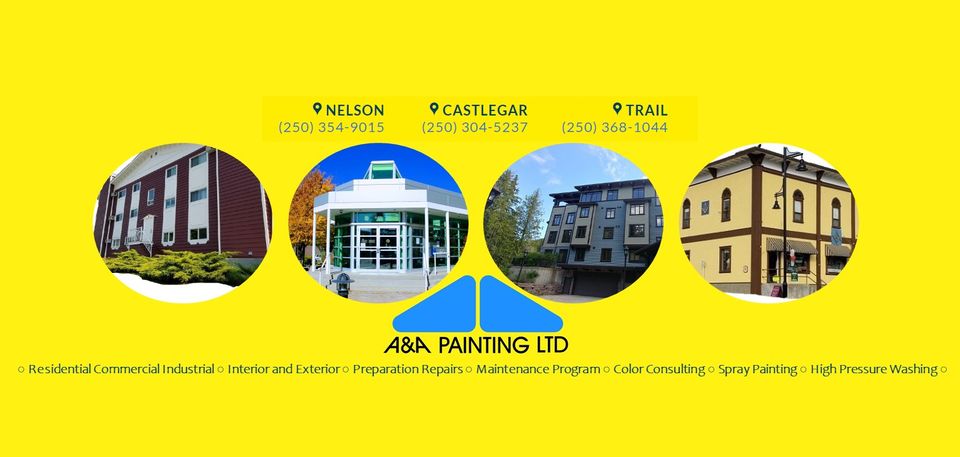When hiring a bonded, licensed, and insured exterior or interior painting contractor, it’s important to understand that painting can come with certain health risks, for both the homeowners and the painters. Thus, a truly professional, reliable, and licensed painting contractor will be thoroughly knowledgeable about painting safety and equipment to get any painting job done.
Some Hazards in Painting Work
Painting may seem like a risk-free endeavor to the uninformed, but in truth, it can cause serious health problems if the right precautions are not taken. Remember that paint is made out of chemicals that can be harmful to people. If paint lands on unprotected skin or eyes, it can cause severe irritation. Paint fumes can also cause headaches and respiratory problems.
Another concern is the support products used with painting, such as primers and paint thinners, which are highly flammable. If not handled carefully and without proper safety measures, painters run the risk of burns or starting a fire. And with exterior painting, which often requires working at heights, this places painters at risk of falling and other injuries.
General Safety Rules for Commercial and Residential Painting
- Do not perform paintwork in a densely populated area until appropriate warnings are posted, and all occupants are notified. If possible, the work area should be roped off to prevent injuries to bystanders.
- Warning flags and traffic cones must protect a work area that is near a road or traffic line.
- Adequate signs and barricades must be set up to detour traffic when spraying the roof or building exteriors.
- Eye protection and hard hats must be required for all exterior painting work, and especially if rust and loose paint is being removed.
- Store and dispense flammable solvents using approved safety cans only.
- Clean all working areas after each job and shift.
- Make sure to wash hands thoroughly with soap and water before handling food (especially now with the COVID-19 pandemic still around, this is an essential health protocol).
- Inspect all scaffolding and ladders before beginning work.
- Always make a safety check of all equipment before and after work, most notably with fitting hooks, hoses, spray pots, and staging tools.
- An approved lifeline is required for all workers working 20 feet or more above ground level.
These are just some of the safety measures licensed painting contractors take for both commercial and residential painting jobs. While safety rules are quite strict with exterior painting, the safety rules are just as tight with interior painting, especially with physical protection equipment and flammable materials.
A&A Painting
When it comes to special protection for all painting jobs, A&A Painting puts safety first, with both its clients and its painters. It has been doing this since 1995 in its painting services for the West Kootenay region in British Columbia. But safety is always prevalent with a painting contractor that is bonded, licensed, and insured, as well as all its personnel thoroughly background checked. If you need your home, office, or building painted or repainted, contact the painting experts from A&A Painting and get a free estimate today!


